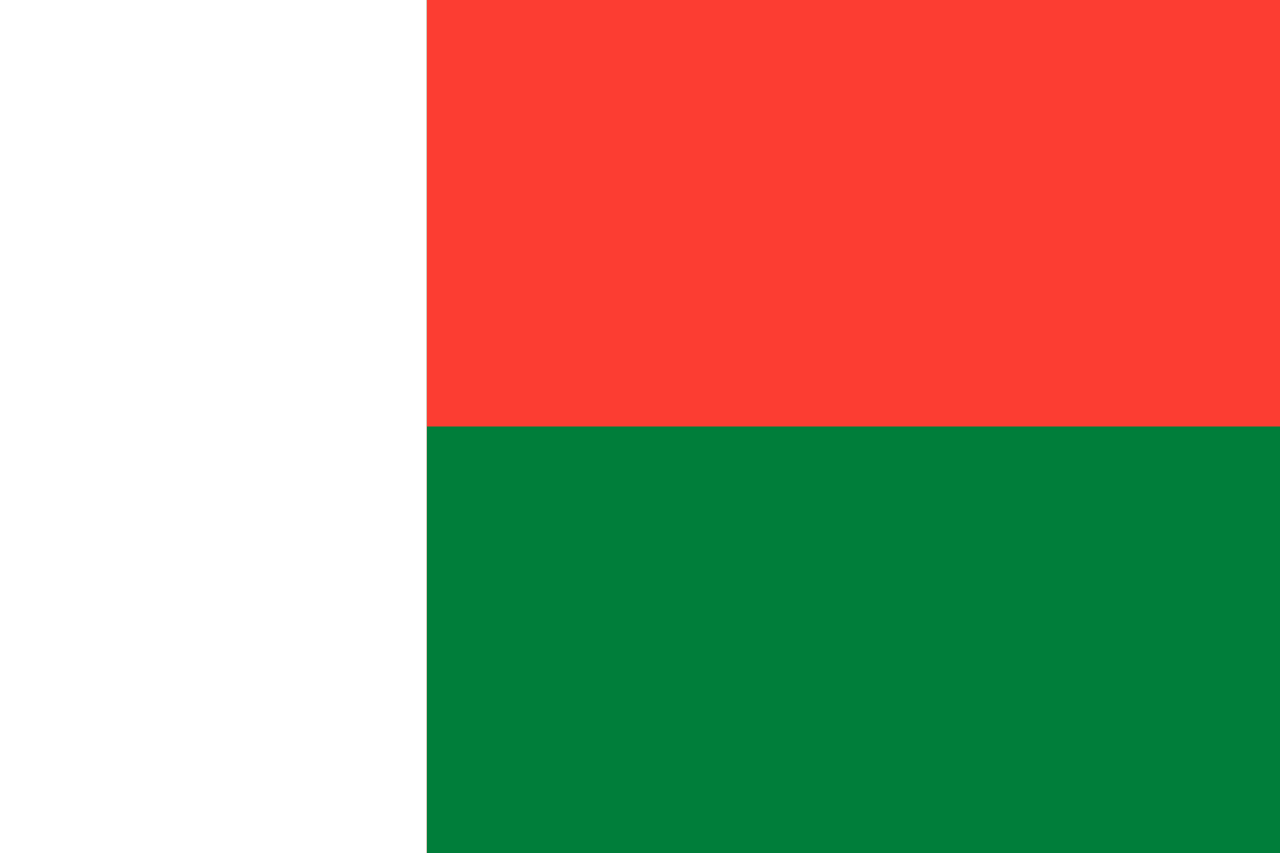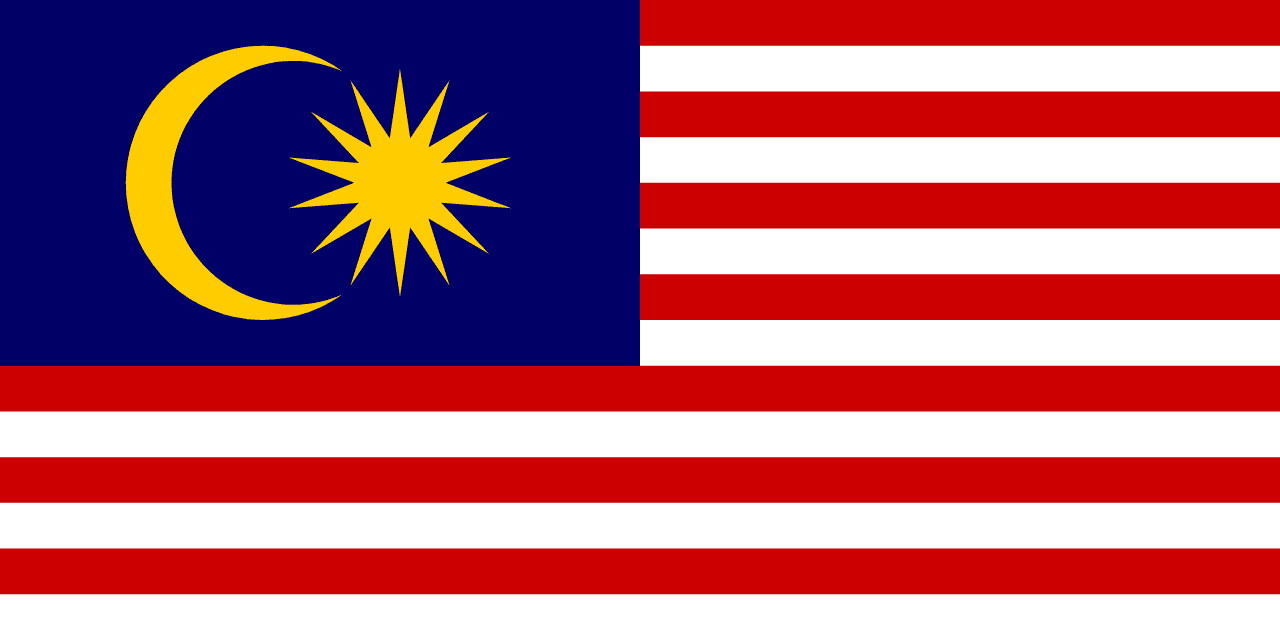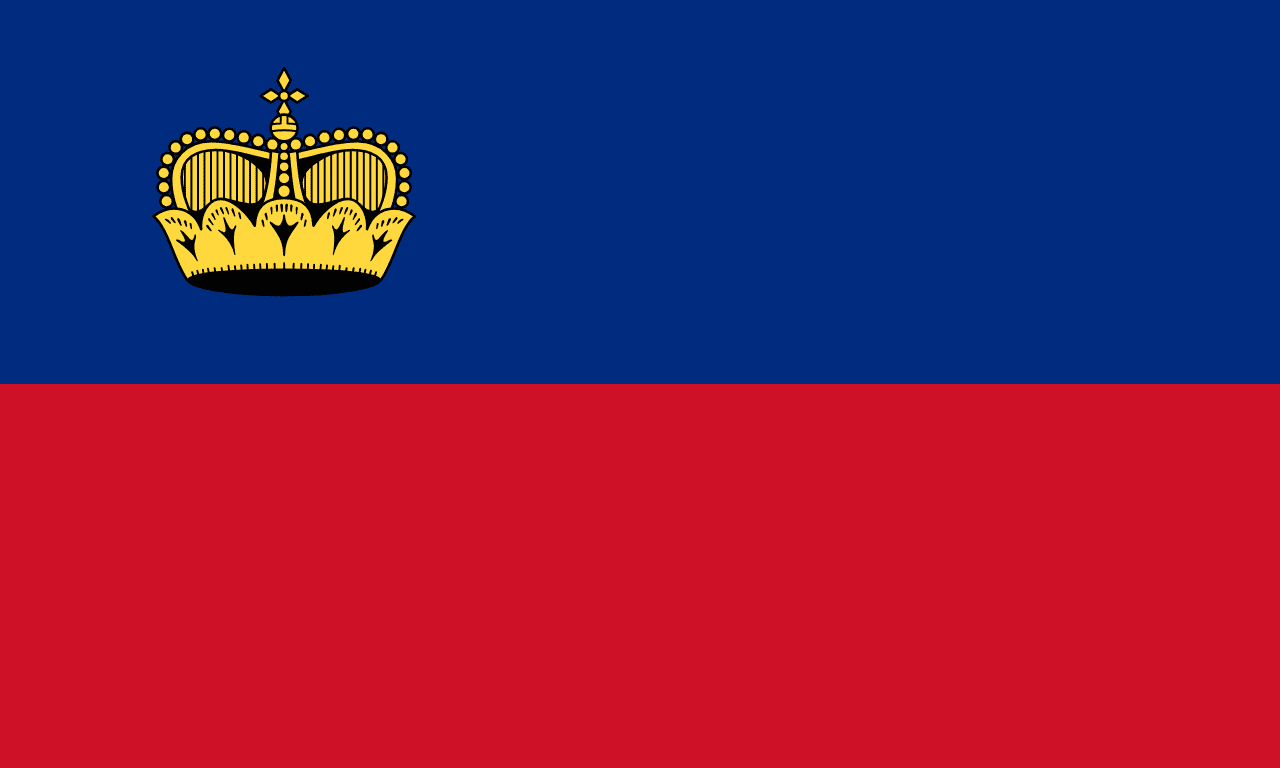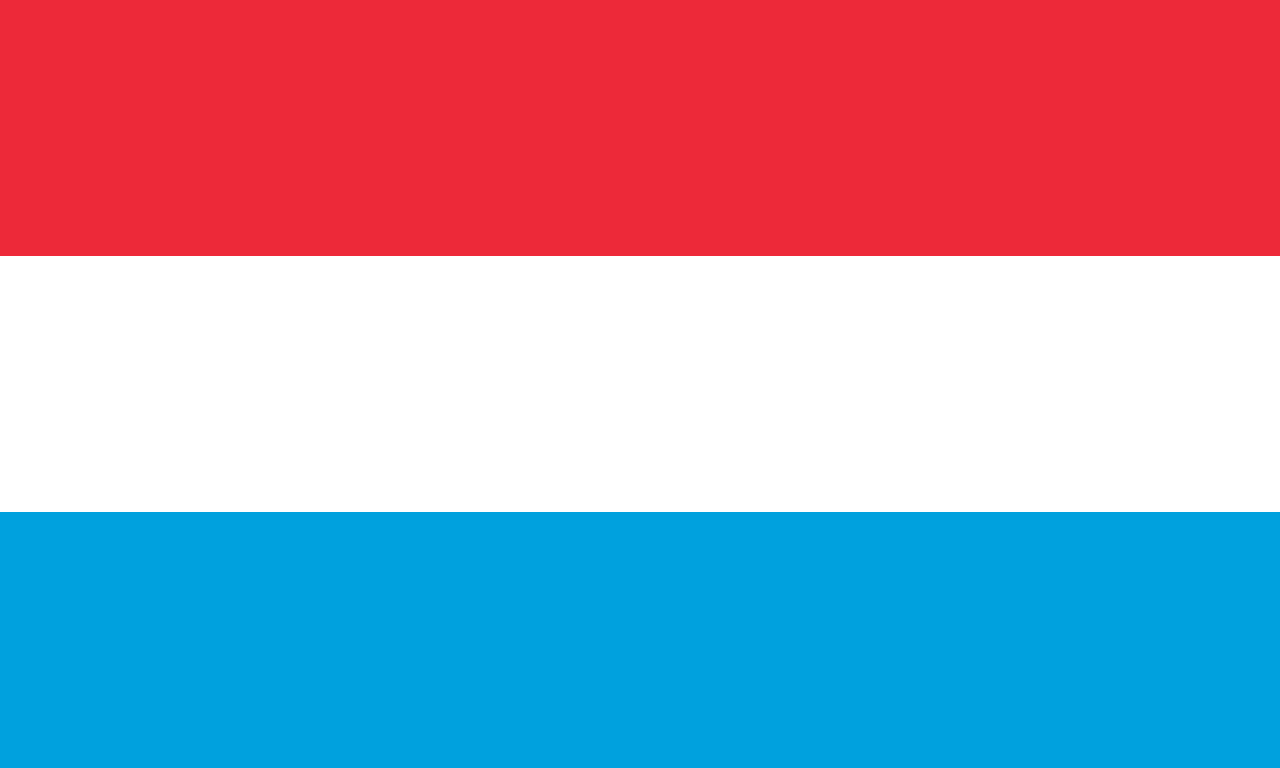The flag of Macao features a light green field with a white lotus flower above a stylized bridge and water, and five gold stars arranged in an arc above the flower. This unique design encapsulates Macao's rich history, cultural heritage, and its status as a Special Administrative Region of China.
Macao information
| National Flag Day | — |
| Sovereign state | No |
| Official name | Macao Special Administrative Region of the People's Republic of China |
| Capital | — |
| Population | 643,100 |
| Area | 30.5 km² |
| Currency | Macao pataca (MOP) |
| Language | Chinese, Portuguese |
| Continent | Asia |
| Region | East Asia |
| Subregion | — |
| Borders | China |
| Timezone | Macau Standard Time (MST) UTC+8 |
| Calling code | +853 |
| Top-level domain | .mo |
History of the Macao flag
 The current flag of Macao was adopted on December 20, 1999, when sovereignty over Macao was transferred from Portugal to the People's Republic of China. This marked the end of over 400 years of Portuguese administration and the beginning of Macao's status as a Special Administrative Region of China. The flag's design was the result of a contest held in 1988, and it was chosen to represent Macao's unique identity while also symbolizing its connection to China. The adoption of this flag marked a new era in Macao's history, balancing its distinct cultural heritage with its integration into the broader Chinese nation.
The current flag of Macao was adopted on December 20, 1999, when sovereignty over Macao was transferred from Portugal to the People's Republic of China. This marked the end of over 400 years of Portuguese administration and the beginning of Macao's status as a Special Administrative Region of China. The flag's design was the result of a contest held in 1988, and it was chosen to represent Macao's unique identity while also symbolizing its connection to China. The adoption of this flag marked a new era in Macao's history, balancing its distinct cultural heritage with its integration into the broader Chinese nation.
Symbolism and design of the Macao flag
Each element of the Macao flag carries deep symbolic meaning. The light green background represents Macao's prosperity and stability. It also symbolizes the lush parks and gardens that dot the city, reflecting Macao's commitment to maintaining green spaces amidst urban development. The white lotus flower at the center is a traditional symbol of purity and wisdom in Chinese culture. In Macao's context, it represents the region's harmony and its unique blend of Eastern and Western cultures. The stylized bridge beneath the lotus symbolizes Macao's role as a bridge between China and the Portuguese-speaking world, highlighting its importance in international trade and cultural exchange. The water beneath the bridge represents Macao's position as a port city and its maritime heritage. The five gold stars arranged in an arc above the lotus mirror the design on the national flag of China, symbolizing the principle of "one country, two systems" and Macao's relationship with the mainland.
Usage and significance of the Macao flag
 The flag of Macao is a source of pride for its residents and is prominently displayed throughout the region. It flies on government buildings, schools, and during national celebrations such as Macao SAR Establishment Day (December 20). The flag plays a crucial role in fostering a sense of identity among Macao's diverse population, which includes people of Chinese, Portuguese, and other descent. In international contexts, the flag represents Macao in sporting events, cultural exchanges, and certain economic forums, symbolizing the region's unique status and its role in global affairs. During times of significance, the flag serves as a unifying symbol for Macao's residents, embodying their shared heritage and aspirations for the future under the "one country, two systems" principle.
The flag of Macao is a source of pride for its residents and is prominently displayed throughout the region. It flies on government buildings, schools, and during national celebrations such as Macao SAR Establishment Day (December 20). The flag plays a crucial role in fostering a sense of identity among Macao's diverse population, which includes people of Chinese, Portuguese, and other descent. In international contexts, the flag represents Macao in sporting events, cultural exchanges, and certain economic forums, symbolizing the region's unique status and its role in global affairs. During times of significance, the flag serves as a unifying symbol for Macao's residents, embodying their shared heritage and aspirations for the future under the "one country, two systems" principle.
Interesting facts about the Macao flag
- Macao is the only Chinese territory to have Portuguese as an official language alongside Chinese, reflecting its unique colonial history.
- The lotus flower on the flag is a nod to Macao's nickname, "Lotus City", due to the abundance of lotus flowers in its lakes and ponds.
- The stylized bridge on the flag is inspired by the Macao-Taipa Bridge, which connects the Macao Peninsula to Taipa Island.
- The exact shade of green used in the Macao flag is specified as PMS 3248C to ensure consistency in its reproduction.
- Macao's flag is one of the few national or regional flags to feature a floral emblem as its central design element.





